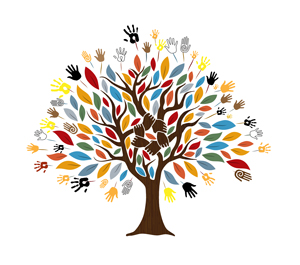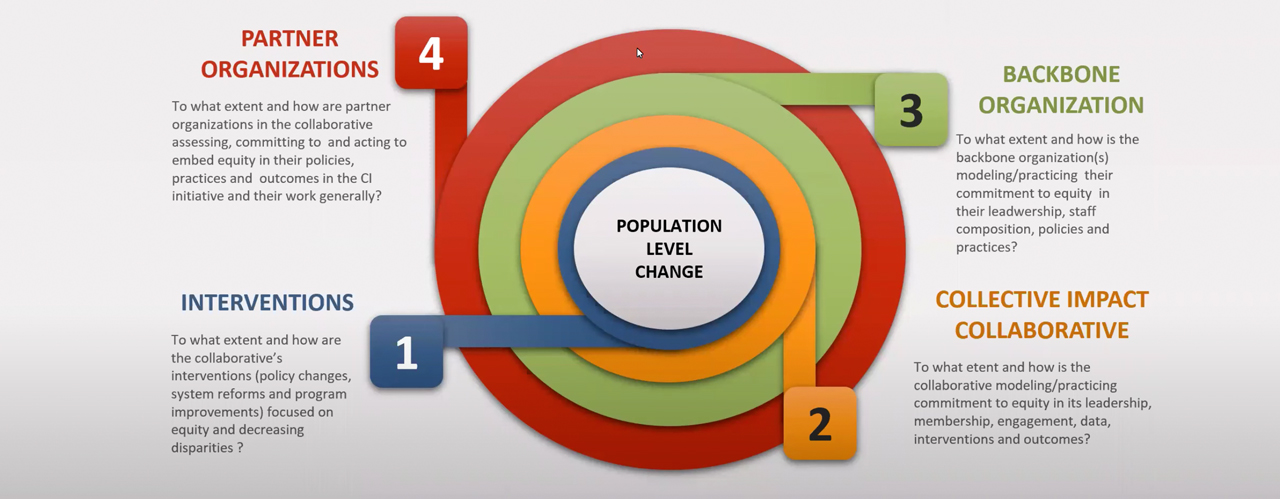A fascinating read: Building equity is now a prerequisite for Collective Impact work. It might sound like a new development. Regardless of our simple approaches to community impact in the past and our research-based, data-driven, refined work of today, one thing that stands out as common is that, knowingly or unknowingly, we have been addressing inequity.
Indeed, we couldn’t measure and address inequity as effectively as we can today. Also, some severe misunderstanding still prevails in some circles. For example, for addressing systemic racism, we can’t afford to avoid tackling the structures, systems and practices that sustain racism and replace it. We must not rely on some cosmetics measure in the name of diversity and inclusion with commuting to tackle the root causes of inequity.
We need a laser-sharp focus on building equity for each specific vulnerable population through targeted interventions. For each form of systemic discrimination, we need to be able to spell out our actions and intended outcomes. For example:
– WHAT EXACTLY are we doing to address gender-based income disparity, and what will be the outcome for single moms;
– WHICH SYSTEMIC BARRIERS are we targeting for the disproportionately unemployed, racialized/indigenous youth;
– WHAT DISCRIMINATORY PRACTICES/POLICIES are we targeting to bring at-par representation for black people in management positions:
– What SPECIFIC PROGRAMS NEED SUPPOR TO BUILD EQUITY for vulnerable community X:
– WHAT SPECIFIC BARRIER to systemic racism is a community program addressing (not enough to know that a vulnerable group is merely implementing a generic program) – that is the right lens, used in the right way.
The good news is that we are not late in addressing the issues of systemic racism and systemic discrimination. John Kania and Mark Kramer, who introduced the concept of Collective Impact in 2011, have reached the same conclusion: The focus of the collective impact work should be addressing equity.
Building equity has been the intended or unintended focus of the community development agenda. However, focusing on equity has now become a prerequisite for making a community impact. We need to be able to ask and answer specific questions like the above for each program we design, support and report on.
The image above show levels of equity focus for Collective Impact. Equity in CI requires attention to equity policies, practices and performance in four areas – namely partner organisations, backbone organisations, interventions, collective impact collaborative.
#community #inclusion #belonging #equity #diversity #communitydevelopment #racism #communityimpact #collectiveimpact #measure #barriers #buildequity
[contentcards url=”https://ssir.org/articles/entry/centering_equity_in_collective_impact” target=”_blank”]

